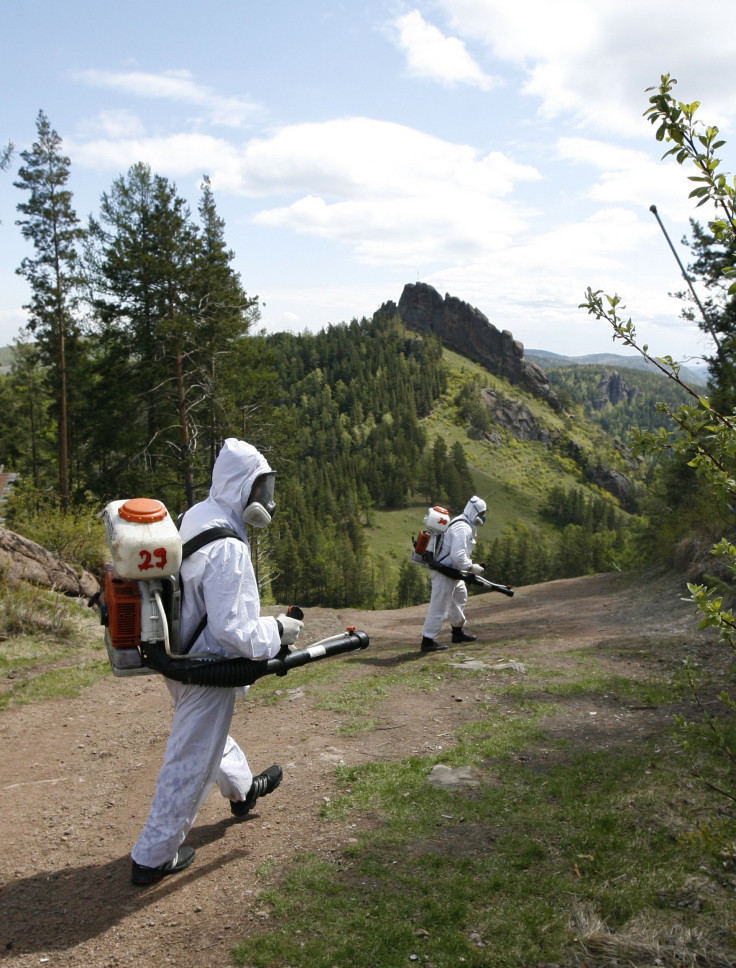Canada Sees An Increase In Lyme Disease As Climate Change Brings Ticks Up North

Climate change has brought about new challenges for the human race. The latest one is the invasion of ticks and spread of Lyme disease. Canada has blamed the ticks for increasing incidence of Lyme disease. As the temperatures increase, ticks have also moved up north and has brought in new challenges to the health agencies.
The Center For Disease Control And Prevention (CDC) has reported an increase of incidence of Lyme Disease. More than 300,000 cases of Lyme disease is diagnosed every year. The spread of Lyme Disease is mostly because of ticks and global warming is pushing them North. According to Dr. Keith Clay, Professor in the Indiana University Bloomington College of Arts and Sciences, there has been a shift in spread of different species of ticks. In a press release he said, "You used to never see lone star ticks in Indiana; now they're very common. In 10 years, we're likely to see the Gulf Coast tick here, too. There are several theories for why this is happening, but the big one is climate change." A study published in the Canadian Medical Association Journal, found that the incidence of Lyme disease has been increasing with the spread of ticks in the eastern and central provinces. The Intergovernmental Panel On Climate Change (IPCC) has found a correlation of milder winters in Sweden with that of the increasing tick population. So as global warming becomes more pronounced the tick population has also shown marked increase in North America and Europe.
As ticks become more established in Canada the government has issued fresh health advisories. CTV News has reported, that the Toronto Public Health has cautioned students in taking part in activities in wooded areas without safeguards. This includes wearing light colored clothing and wearing long sleeves and pants to avoid tick bites. The government also recommends the use of bug repellents and have constant checks of any attached ticks. The health authorities have not sounded any alarm but with climate change the movement of ticks to warmer climates in the North has worried citizens and officials alike.
For questions/comments regarding the article, you may email the writer at honeygeorge74.ibtimes@gmail.com.






